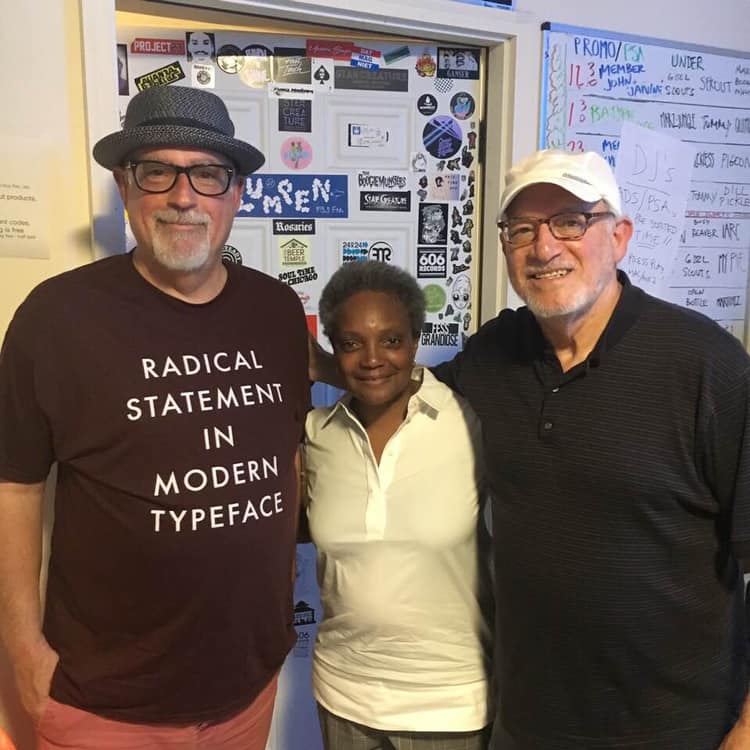Want More Money for a Federal Program? Get DeVos to Put It on Her Budget Elimination Wish List
On March 28, 2019, I wrote a post about US ed sec Betsy DeVos’ attempts to eliminate federal funding for Special Olympics from the past three US Department of Education (USDOE) annual proposed budgets (FY2018, FY2019, and FY2020).
One interesting finding was that instead of eliminating Special Olympics, Congress actually voted to increase money to the program.
So, I was curious to see what other programs received increased funding despite DeVos’ repeated attempts to eliminate. Sixteen programs fit this description; below is a listing of each program that received increased federal funding at least once, with its budget authority (BA) funding amount (in millions) for FY2017, FY2018, and FY2019, respectively:
- 21st Century Community Learning Centers: $1,164.5, $1,191.7, $1,221.7
- Alaska Native Education: $32.4, $32.5, $35.5
- American History and Civics Academies: $1.8, $3.5, $4.8
- Arts in Education: $26.9, $27.0, $29.0
- Comprehensive Literacy Development Grants: $189.6, $190.0, $190.0
- Federal Supplemental Education Opportunity Grants: $731.7, $733.1, $840.0
- Full Service Community Schools: $10.0, $10.0, $17.5
- Impact Aid Payments for Federal Property: $66.7, $68.8, $74.3
- Innovative Approaches to Literacy: $26.9, $27.0, $27.0
- Int’l Educ and Foreign Lang Studies Domestic Programs: $65.0, $65.1, $65.1
- Int’l Educ and Foreign Lang Studies Overseas Programs: $7.0, $7.1, $7.1
- Native Hawaiian Education: $33.3, $33.4, $36.4
- Ready to Learn Programming: $25.7, $25.7, $27.7
- Special Olympics Education Programs: $10.1, $12.6, $17.6
- Strengthening Institutions: $86.4, $86.5, $99.9
- Teacher Quality Partnerships: $43.0, $43.1, $43.1
Thus, of the 22 programs listed for elimination in DeVos’ CONTINUE READING: Want More Money for a Federal Program? Get DeVos to Put It on Her Budget Elimination Wish List | deutsch29








:no_upscale()/cdn.vox-cdn.com/uploads/chorus_asset/file/15986155/Vox_The_Highlight_Logo_wide.jpg)










